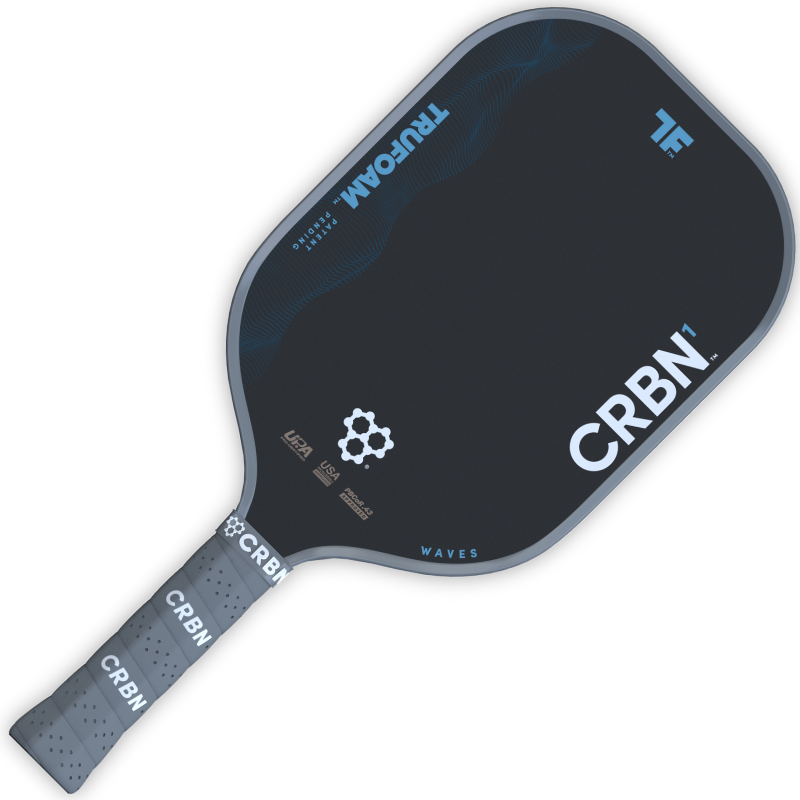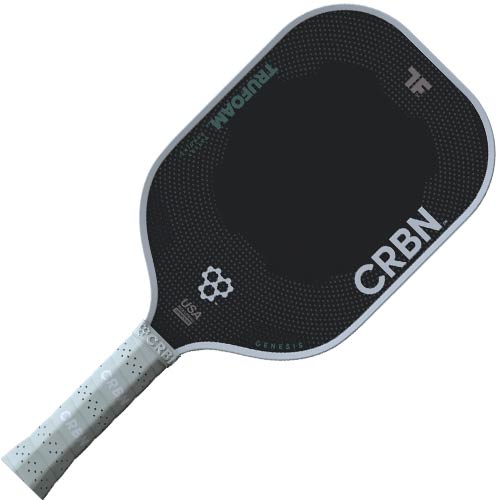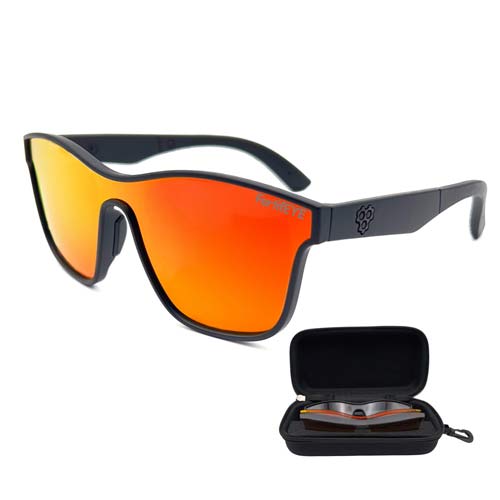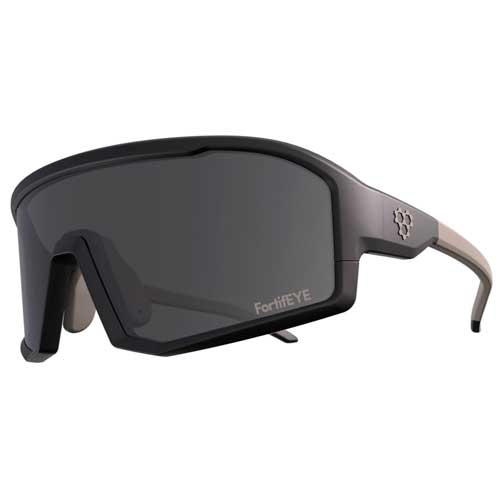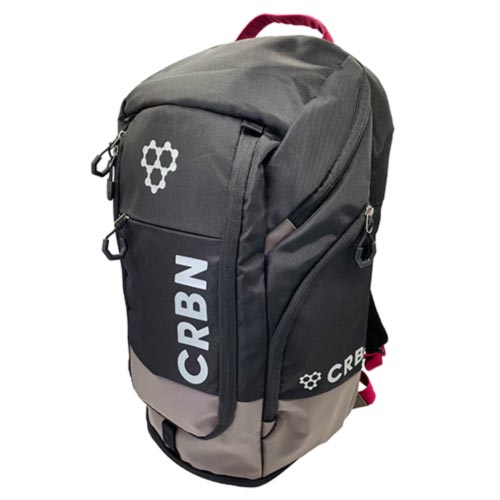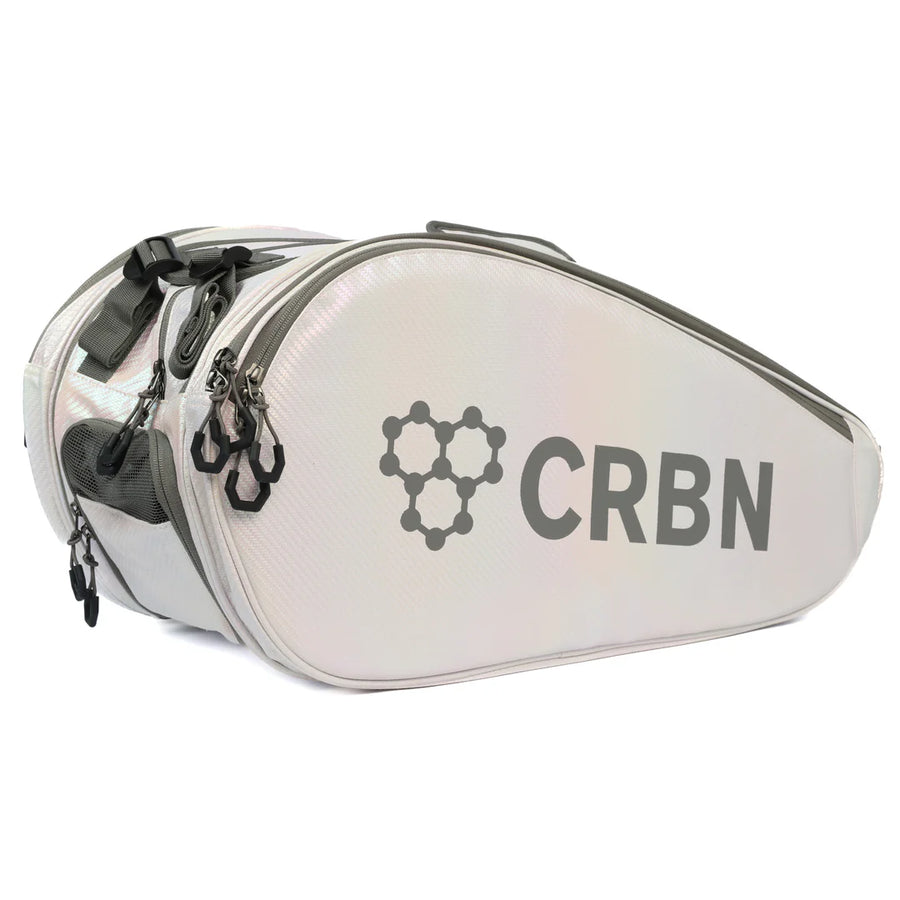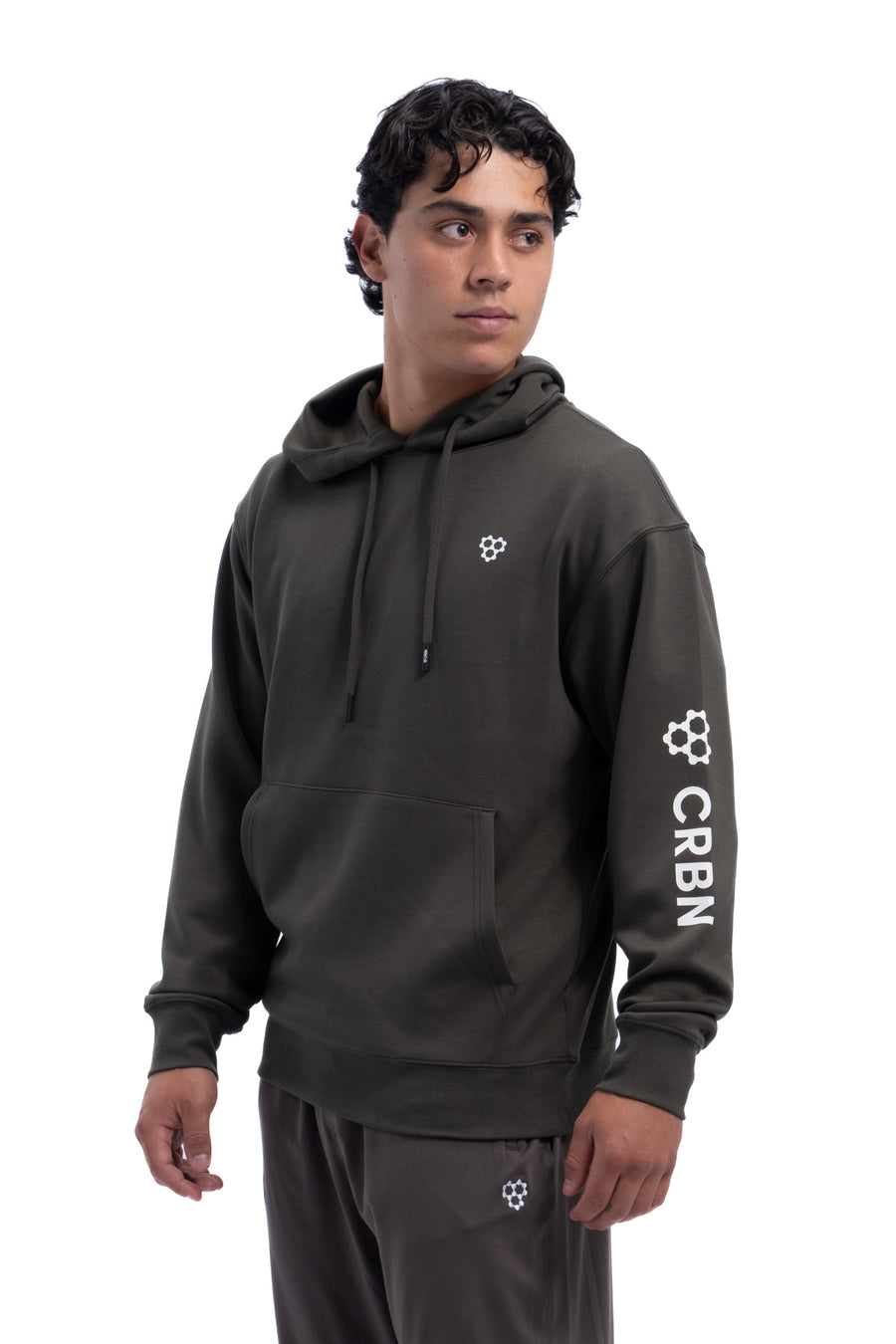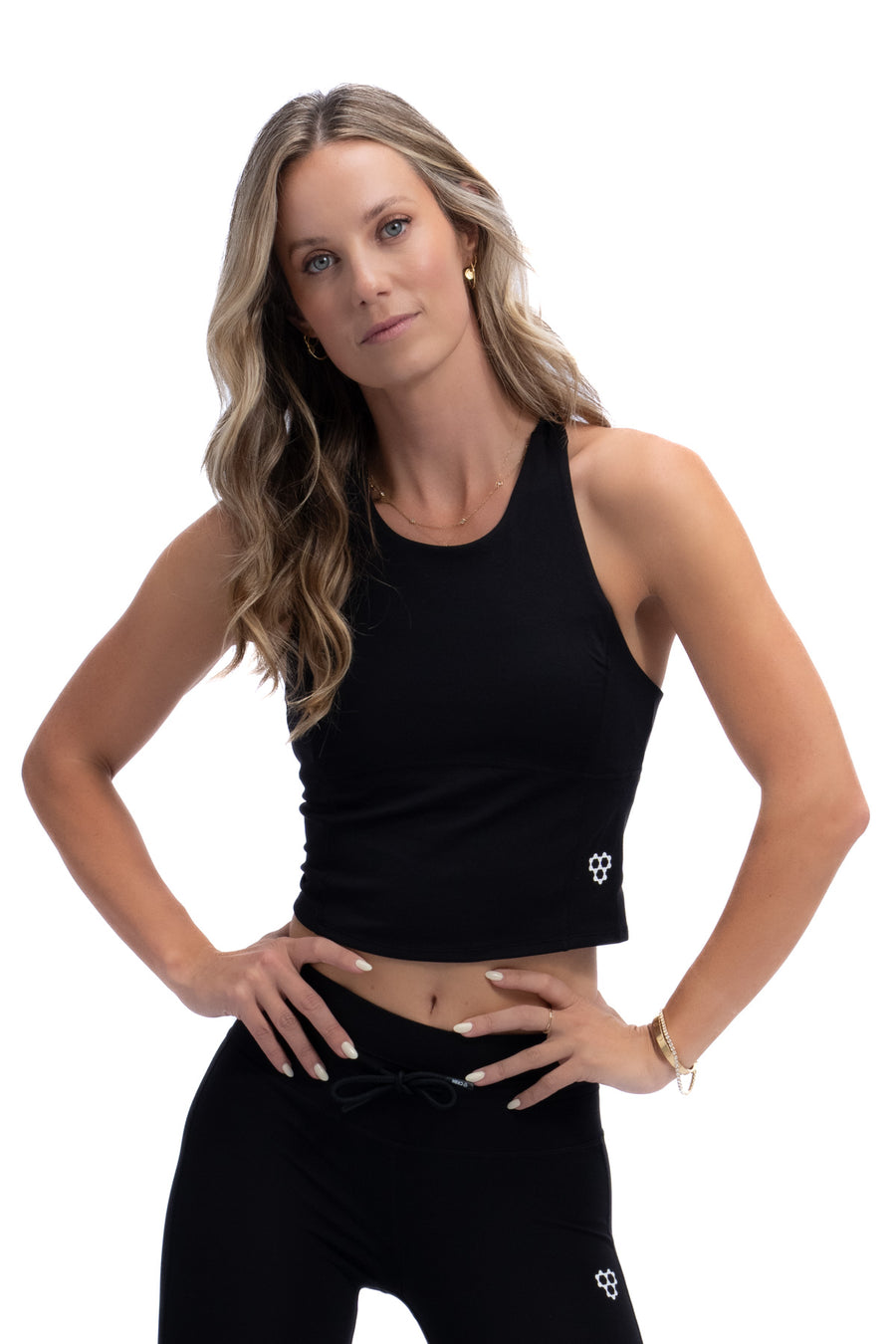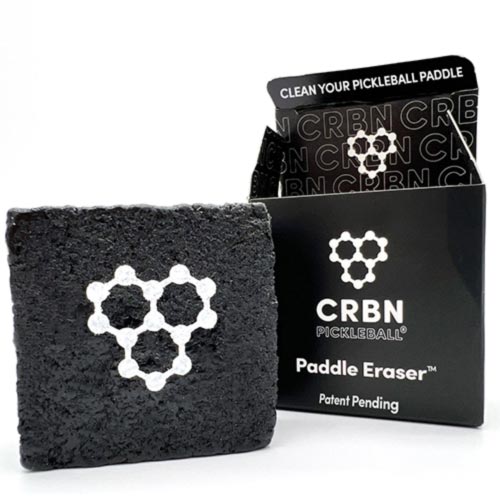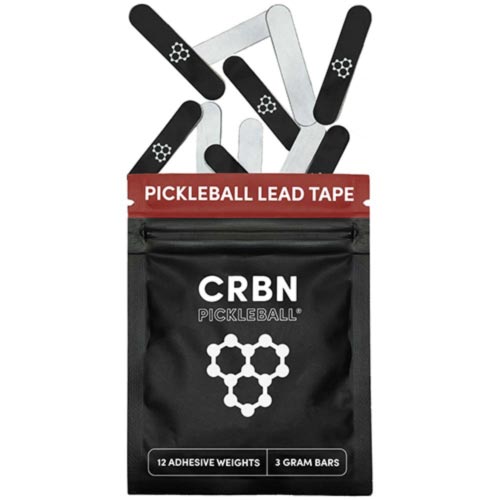You're Drilling Wrong: How to Practice Like a Pro Pickleball Player
Let’s be honest—most pickleball players think they’re drilling. A few dinks here, some casual drops there, and hey, maybe a wall session if you don’t feel like leaving the house. But if you’re an advanced player looking to break through that plateau, it’s time for a reality check.
In this episode of Pickleball Cheat Code, coach Brodie Smith and pro player Tanner Tomassi drop knowledge on how the best players in the world train. Not just what drills they do, but how they do them—and how to tell if you’re wasting your time.
Drilling Like a Pro: Stop Chasing Volume, Start Chasing Intention
If you’ve been grinding out drills without seeing improvement, there’s a reason: mindless reps don’t make you better. Tanner and Brodie both agree—what separates high-level players isn’t how long they drill, it’s how deliberately they do it.
Here’s what you need to know:
-
Target your weaknesses. If you’re drilling your favorite forehand roll for the 500th time, you’re not practicing—you’re just vibing. Go work on what makes you uncomfortable.
-
Simulate pressure. The best drill in the world won’t help if you never use it in a match. If you practice your two-handed backhand but won’t pull it out in rec play or a tournament, you’re stuck.
-
Gamify your sessions. Whether it’s playing 7-11, keeping stats, or betting a burrito, pros find ways to turn drills into high-intensity situations that mimic real matches.
Pro Insight: “A lot of people are scared to lose in rec games,” Tanner says. “But until you’re willing to risk making mistakes in a match, you won’t get better.”
The Most Overrated and Underrated Drills in Pickleball
Not all reps are created equal. According to Brodie and Tanner, some drills are major time-wasters—while others are goldmines for improvement.
🟥 Overrated Drills:
-
Wall drills — Great for hand-eye at the 3.0 level. Unless you’re practicing something very specific, mostly useless at 4.5+.
-
Third shot drops off neutral feeds — Doesn’t mimic the pace, angle, or chaos of actual play.
-
Cross-court dinking (done wrong) — If you’re not punishing high balls or mixing in attacks, you’re training yourself to be passive.
✅ Underrated Drills:
-
Sequence work — Drive, drop, attack. Or dink wide, then middle, then speed up. Repping patterns builds instinct.
-
Midcourt survival — Holding the transition zone with discipline teaches when to reset vs. rip.
-
Speedup & counter drills — One player dead-dinks, the other initiates the hand battle. Realistic and ruthless.
Pro Insight: “If you can survive in the midcourt consistently, you’ll be a nightmare to play against,” Brodie says.
Why Singles Training Helps Your Doubles Game
Most rec players avoid singles like a ball to the face—but if you’re serious about improvement, you should lean in. Here’s why:
-
Better serves and returns — Singles forces you to hit with depth, precision, and variety.
-
Conditioning — Nothing builds fitness and footwork like singles.
-
Mental toughness — Playing alone teaches you to own every shot and every mistake.
Even if you’re focused on doubles, mixing in singles once a week could be the edge you need to climb the ladder.
Practice with Purpose: How to Know If Your Drills Are Working
One of the biggest challenges for serious players is knowing if your practice is paying off. Here’s how to stay accountable:
-
Track your reps. How many resets can you hit clean in a row? Can you do it under pressure?
-
Film yourself. What feels “fast” or “low” might not be. Watching your mechanics is game-changing.
-
Play with intent. Are you just hitting balls, or are you working on specific situations you’ll face in tournaments?
Pro Insight: “Stretch more before drilling than you would before playing,” Brodie advises. “You’ll be more sore from drilling than a match.”
Final Word: Stop Drilling Just to Drill
If you’re not getting better, it’s not because you’re not working hard—it’s because you’re not working smart. Pros don’t drill to check a box. They drill to win points in real matches.
So next time you hit the courts, don’t just hit balls. Drill with urgency. Rep what matters. Fail forward. Take risks in practice. Make your sessions uncomfortable—because that’s where the breakthroughs happen.
🎧 Want more? Catch the full episode of Pickleball Cheat Code on Apple Podcasts or Spotify for more elite-level tips from Brodie and Tanner.
